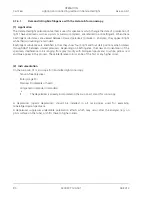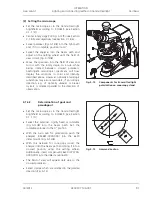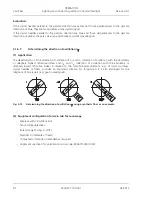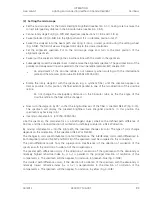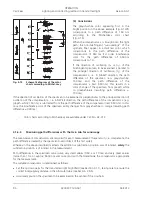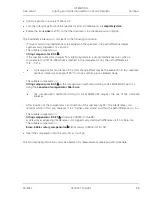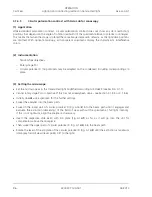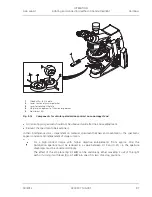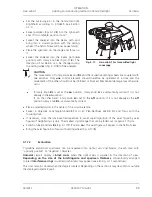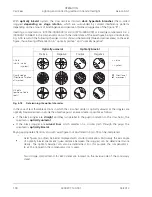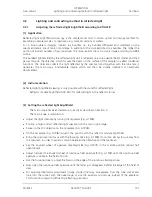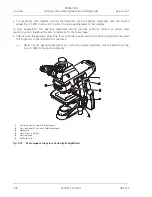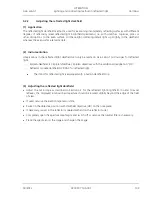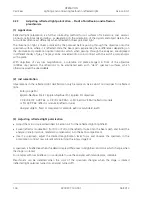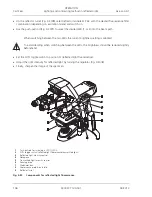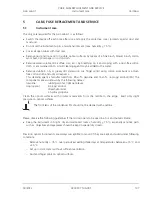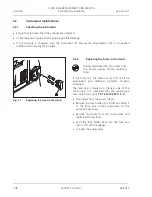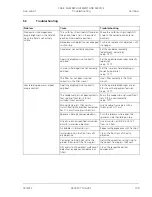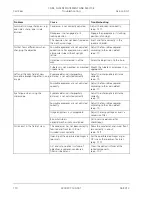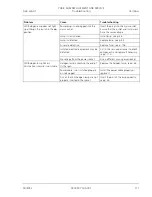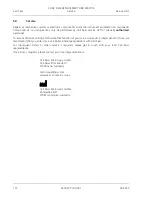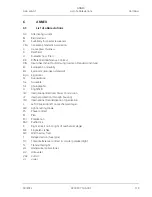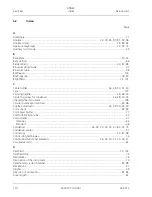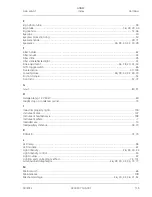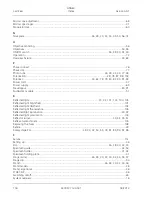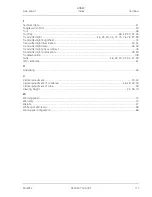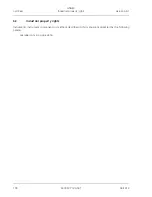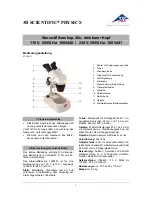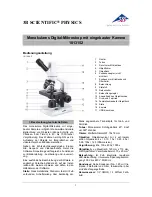
OPERATION
Carl Zeiss
Lighting and contrasting method in reflected light
Axio Lab.A1
104 430037-7144-001
04/2013
4.2.3
Adjusting reflected light polarization – Proof of bireflexion and reflexion-
pleochroism
(1) Application
Reflected light polarization is a further contrasting method for cut surfaces of mineral ore, coal, ceramic
products, certain metals and alloys, as depending on the orientation of the crystals and object details, the
cut surfaces often react differently when reflected in linear polarized light
The illumination light is linear polarized by the polarizer before passing through the objective onto the
specimen surface, where it is reflected. Here the beam parts experience phase differences depending on
the structure and polarization optical rotations which, when passing through the analyzer, are displayed
in different shades of grey. The grey can be converted into a color contrast with the aid of a compensator
with
O
-plate.
With objectives of very low magnification, a rotatable
O
/4 plate arranged in front of the objective
(Antiflex cap) permits the reflections to be eliminated even with "dark" specimen surfaces, which
otherwise would be unavoidable.
(2) Instrumentation
Observations in the reflected light darkfield can only be made on Axio Lab.A1 microscopes for reflected
light.
Rotary stage Pol
Epiplan-Neofluar Pol, EC Epiplan-Neofluar Pol, Epiplan Pol objectives
C DIC/DIC/TIC ACR P&C or DIC/Pol ACR P&C or DIC Red I ACR P&C reflector module
or Pol ACR P&C reflector module in reflector turret
Analyzer slide D, fixed or compensator Lambda, 6x20 or Lambda/4, 6x20
(3) Adjusting reflected light polarization
x
Adjust the microscope as described in Section 4.2 for the reflected light brightfield.
x
Swivel reflector module P&C (for DIC or Pol) on the reflector turret into the beam path and insert the
analyzer slide (or lambda, lambda/4 compensator) into the 6x20 compartment.
x
Insert a specimen, adjust the desired magnification level, focus and observe the specimen in the
polarization contrast now present while turning the rotary stage Pol.
A specimen is bireflective when the details display differences in brightness and color which change when
the stage is rotated.
For samples with low bireflexion it is advisable to use the analyzer with lambda plate, rotatable.
Pleochroism can be detected when the color of the specimen changes when the stage is rotated
(reflected light polarizer turned on, analyzer turned off).

